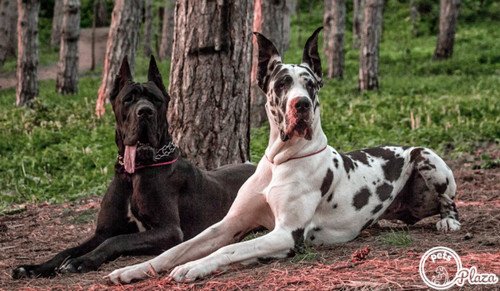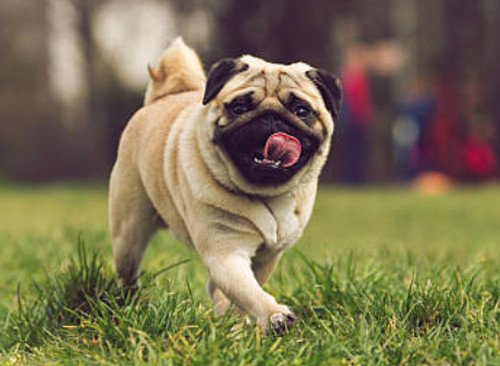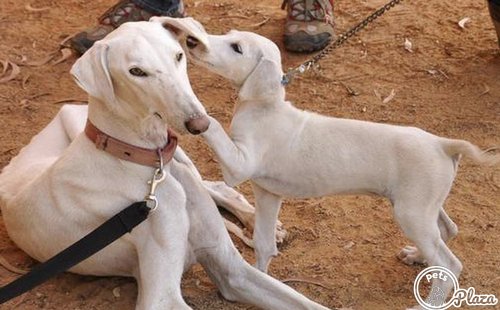Indian Pariah Dog is a native breed to the Indian subcontinent. More often known as “desi dog”. This breed is considered a very intelligent breed, versatile, adaptable, friendly and makes loving family pets. Being a dog of mixed breed, they got their name during the pre-independence British Era. Indian Pariah Dogs are also known as Indian Pyre dog, street dog breed as well as South-Asian Pariah Dog.
Being a native to the Indian subcontinent they have the best gene pool for Indian conditions, making them least susceptible to diseases. As a result of natural selection, they have better immunity levels than other breeds.
Quick information
| Height | 51 – 64 cm (dog) (20 – 25 Inch.) 46 – 58cm (bitches) (18 – 22 Inch.) |
| Weight | 20 – 30 Kg (dog) (44 – 66 lbs.) 15 – 25 Kg (bitches) (33 – 55 lbs.) |
| Coat | Short |
| Breed | Indian Pariah Dogs |
| Barking | Average to high |
| Tendency to drool | Low |
| Temperament | Indian Pariah Dogs are Alert, social, territorial and defensive. |
| Life span | 10-13 years |
| Color | Solid fawn pied(fawn/black and white),black |
| Shedding | No shedding |
| Availability | Easy |
| Country of Origin | Indian |
| Nature | Good |
| Smell Sniffing | Good |
| Hypoallergenic | No |
Pictures
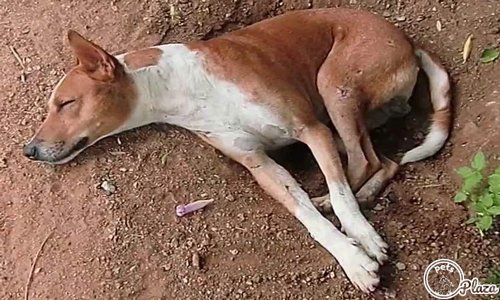
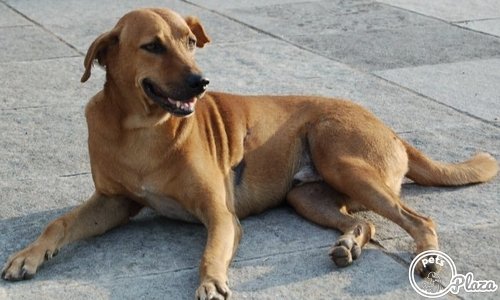





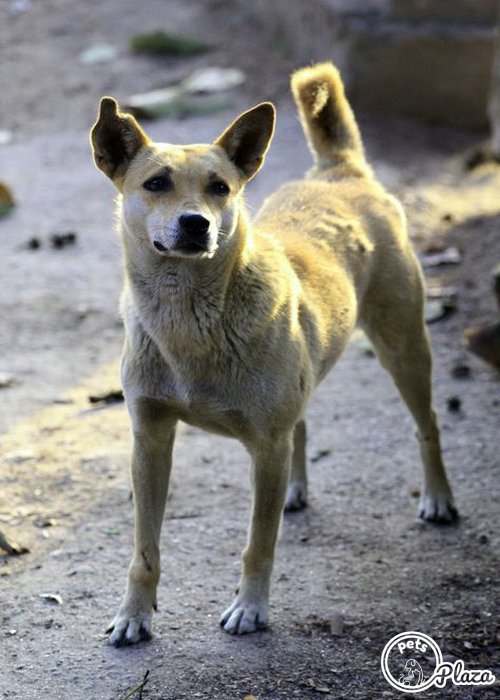
History
According to archeological study, the Indian Pariah Dog breed is one of the oldest breeds in the world. It is estimated that Indian Pariah Dog have existed from some 4500 years ago. A skull of the same breed was found first in the excavation of the Indus Valley civilization.
Being a native breed of India, they are also called “desi dogs”. In Bengali, they are called “Neru dog ”can easily find one in the streets of the country. Being such a friendly and lovable breed, they are admired throughout the country.
Temperature and Behavior
Indian Pariah Dogs are mostly found in streets, which makes it pretty clear that they can survive the extreme weather and street conditions. Their skilled nature and skill to adapt to the Indian tropical climate makes them a good companion. Dogs of this breed are considered a very active breed, which doesn’t trust strangers easily and are very protective of their family.
Indian Pariah Dogs are considered excellent companions for senior citizens.
“Dog owner act ten years younger than their actual age”
No doubt all breeds of dogs are filled with their unique ability and strengths, but it’s also true that some dogs require more diet, exercise than others. Being a senior citizen, it is not possible to afford such high maintenance.
Indian Pariah Dogs are not dominant, hyperactive or aggressive. Their friendly, loving and independent nature make them the best match for senior citizens.
Health And Care
One of the best features of this breed which makes them such a good pet is that they require minimum to no care. Indian Pariah Dogs don’t possess any genetic disorder. Except for the vaccination routine, they don’t require any veterinary expenses.
This breed is one of the healthiest dog breeds which bred out genetic disorders by the means of natural selection. By providing them proper nutrition, a balanced diet and proper exercise and regular dose of love we can give them a beautiful life.
Being one of the healthiest breeds, they possess very few diseases and disorders. Hip dysplasia, patellar luxation, skin allergies are some of the common health issues found in this type of breed. Glucosamine, antioxidants, multivitamins, 8% fats and 22% proteins are some of the essentials in diet and supplements.
Grooming
To have an Indian Pariah Dog as a pet is one of the easiest tasks. Due to lack of undercoat, they shed less.
So if you have fur allergies, Indian Pariah Dog can be the best match for you. No doubt, they have the best immunity and low maintenance but still require regular brushing, cleaning and bathing. Regular grooming not only helps to reduce the chances of parasite infections or skin issues but also helps maintain a good bond with your pet. Below are some grooming tips for Indians:-
- Avoid professional pet dryers.
- Indian Pariah Dogs have a capability to stay clean for long, so bathing once a week is enough.
- Make sure to introduce them with bathing or grooming gently.
- Never use hand showers or jet sprays.
- Before bathing make sure to insert balls of cotton in each ear for protection and don’t push them too far.
- To pour water gently down their body use a mug or a bucket.
Training
- Being an intelligent species, they are easy to train and are quick at catching up.
- Even in the police training, Indian Pariah Dog has been proven top performer in the dog-squad.
- Indian Pariah Dogs are the result of evolution without any human interference thus they are more alert with human interaction.
- One must enforce basic discipline when training street dogs before moving to tricks like handshake, rolling over etc.
- Indian Pariah Dogs are very easy to train, sharp catching skills with unique abilities make them one of the best pets.
Frequently Asked Questions
Q1. What is the price of an Indian pariah dog?
The average price of Indian Pariah Dog ranges between Rs.4000 to Rs. 7000 (INR, ₹).
Q2. What are the other names of Indian pariah dog?
Desi dog, Pyre-dog, South Asian Pariah Dog are some known common names of Indian Pariah Dog breed.
Q3. Are Indian pariah dogs friendly?
Yes dogs of this breed are very friendly and have a lovable and caring nature. Sometimes they do become aggressive towards other dog breeds.
Q4. Why does an Indian pariah dog require minimum care and maintenance?
Indian Pariah Dogs evolved from natural selection without any human interference. They are highly adaptable and have the best immunity. That’s why they require least maintenance.
Q5. Do Indian pariah dogs shed?
No, Indian Pariah Dogs don’t shed. They don’t have an undercoat.
Q6. Are Indian pariah dogs hypoallergenic?
Being one of the healthiest breeds around the globe, they are not prone to any medical problems.
Q7. How long does an Indian pariah dog live?
Indian pariah dogs have an average life span of 13 to 14 years.
Q8. What are the different colors in which Indian pariah dogs are found?
Indian Pariah Dogs are mostly observed in brown, reddish- brown, solid white and spotted red.

